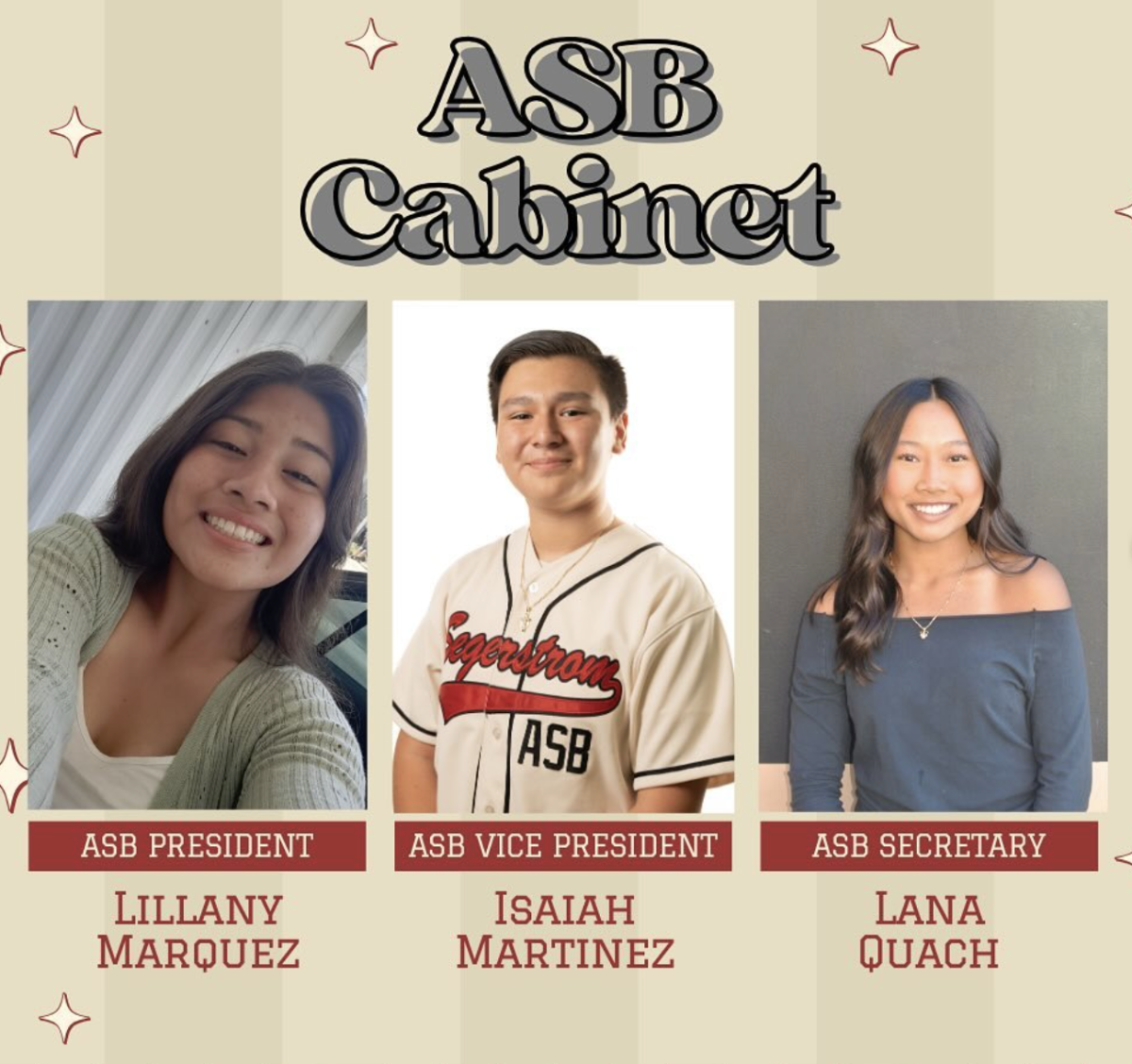
In February of 2023, all interested sophomores and juniors signed up for AP Environmental Science (APES). Many students signed up for the class because of the fun field trips offered. This year is the year with the most students enrolled in APES, with a total of one hundred twenty students in three AP classes instead of two. With this many students, there may be fewer field trips.
“Years before I had gone from three to five field trips in a year, but since there are many students, many places are saying no,” said APES teacher Mrs. Do.
Mrs. Do tries to get her classes to regularly go on field trips. Most places where she has arranged field trips before have said no due to the large class sizes. There was only one field trip so far that allowed everyone to go, which was the Dana Point Ocean Institute. Students were allowed to go under the expectation that they split the classes to go on two different days. Mrs. Do’s fourth and fifth period classes went on September 26th and her third period class went on October 4th, but there were some exceptions.
During the field trip, there were two main activities: the boat ride and the three different substations.
The boat ride was a total of two hours long. During the ride, people were able to see sea lions and dolphins. Throughout the boat ride, they stopped at the end of the harbor to take the first mud sample and the progress on how to take the samples and how to interpret the data. The second mud sample was taken when the boat was in the middle of the ocean. By the end of the boat ride, students learned more about plankton and bacteria and how they affect the different samples.
“I really enjoyed the boat ride more than the stations,” said Margarita Garza (12).
The three stations were different activities. During one of the stations, the instructors take the students to the beach and take time to clean up the trash from the beach and learn more about the case of People vs. The City of Dana Point. The second activity was to go to the harbor and learn about it and why it exists. The third activity was getting water from the harbor and adding baking soda to figure out the bacteria levels in the ocean like what scientists actually do.
“I really enjoyed my time during the trip,” said Andrew Aguilar (11).













Ana Santana • Dec 20, 2023 at 11:52 am
This field trip sounds like a lot of fun! It fascinates me that APES was able to gather so much information based on the location they went to, and they were able to learn so much from mud samples themselves!
Celeste Carmona • Dec 20, 2023 at 11:29 am
That field trip was so fun! I’m glad you chose to write about it.